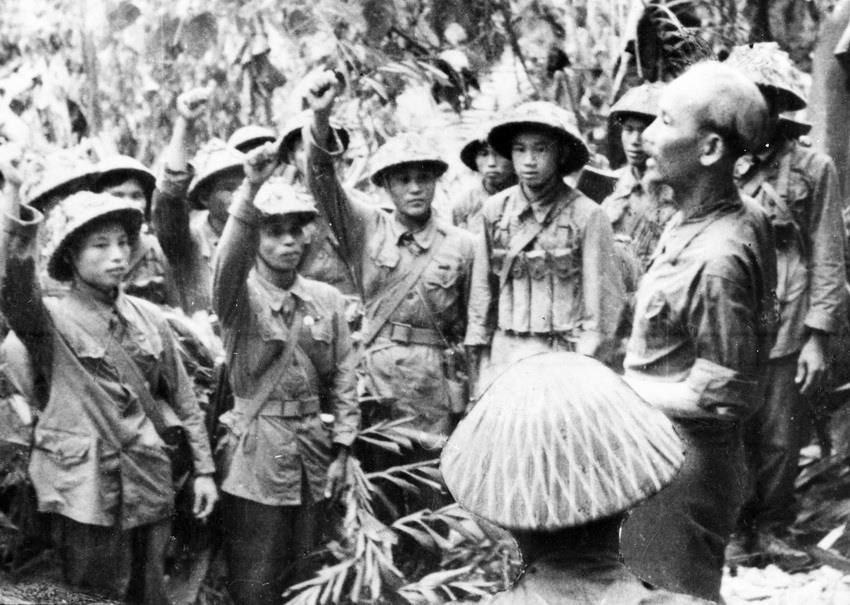President Ho Chi Minh was the supreme commander of the historic Dien Bien Phu Campaign. Throughout the campaign, he chaired and attended many meetings of the Politburo to assess the situation on the battlefield and give instructions to the battling forces. He did this not only at Dien Bien Phu, but on other battlegrounds across the country to gain the victory at Dien Bien Phu.
The historic Dien Bien Phu victory is the peak of the resistance war against French colonialists. First of all, it is a victory of the correct and creative political and military guidelines of the Party under the leadership of President Ho Chi Minh.
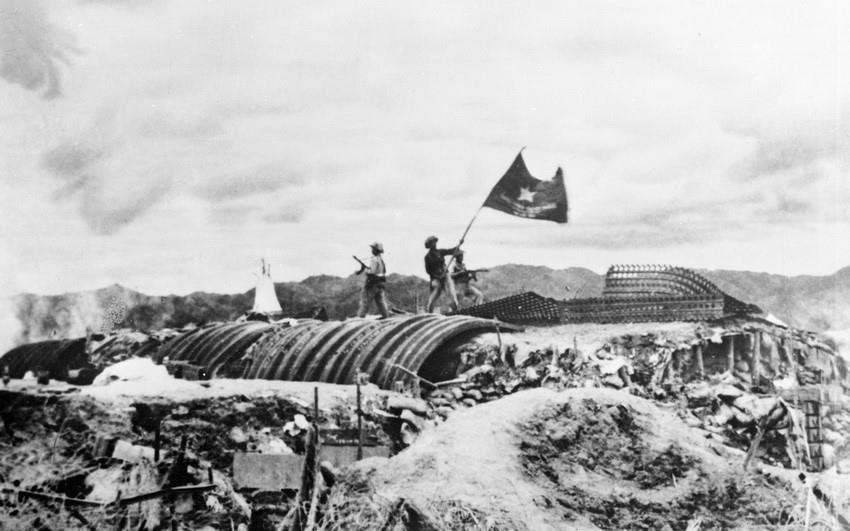
In October 1953, during a meeting of the Politburo in Tin Keo, Dinh Hoa district, Thai Nguyen province, on the strategic plan for the 1953-1954 Winter-Spring campaign under the chair of the President, General Vo Nguyen Giap reported on an idea of French general H.Nava. The idea would see a large number of mobile forces in the Red River Delta gradually wearing out the main forces of the revolutionary army, aiming for a decisive victory within 18 months.
President Ho Chi Minh listened attentively, then said, “The enemy concentrated mobile forces for strength, we are not afraid of that! We will force them to scatter their troop then their strength will not exist.” He opened his hand, each finger pointing to a direction. Under his guidance, the Winter-Spring plan was devised. The Winter-Spring plan would see the main forces move in five strategic directions targeting the enemy’s weak points, with the main direction being Lai Chau in the northwest.
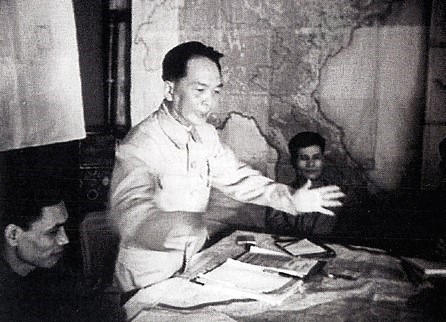
The President presented a flag to be used as a rotary prize for military units during the campaign.
The Dien Bien Phu campaign was a strategic battle, the most comprehensive and fiercest head-on clash between our army and the enemy. The result of the campaign would have a great influence on the Vietnamese nation and those fighting for independence and freedom.
In a letter sent to General Giap in December 1953, President Ho Chi Minh wrote, ”This campaign is very important, not only for the military but also political terms, not only domestically but also internationally. Therefore, the entire people, army and Party must focus our efforts to win a victory.”
In early January 1954, General Giap came to meet the President before leaving for the front. The President reminded him that victory was a must, so he should only attack when success was secure.

Following his instruction, General Giap informed all forces on the principle of “steady attacking, firmly advancing.”
The strategic resolve of the Party and the President had been turned into the will and actions of the entire army and people.
At exactly 17:00 on March 13, 1954, artillery force opened fire on the Muong Thanh airport and all three fortifications in Him Lam, marking the start of the Dien Bien Phu campaign.
Throughout the preparation for and the course of the campaign, President Ho Chi Minh paid special attention to fostering the fighting spirit of soldiers. He said the fighting strength of the military was a combination of many factors, in which the political spirit and the resolve to fight played a remarkable role.
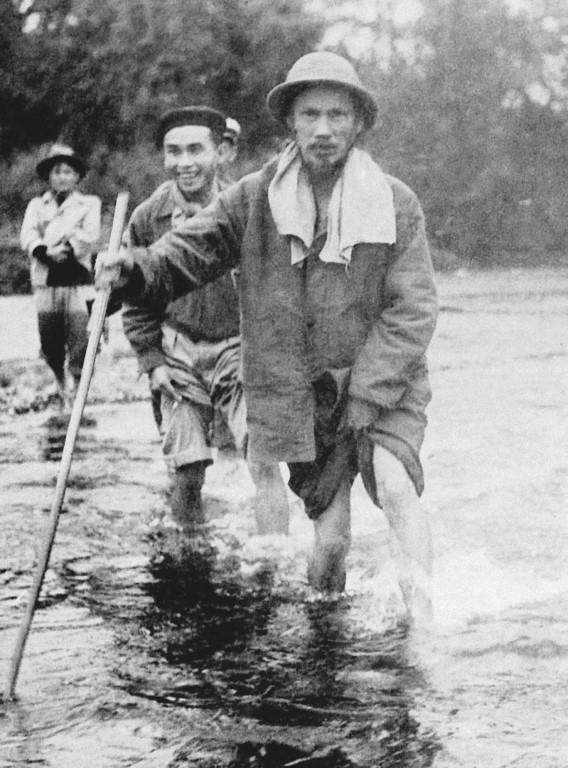
In order to timely encourage the army in the campaign, on March 11, 1954, just two days before the start of fighting, President Ho Chi Minh sent a letter to soldiers on the Dien Bien Phu battlefield.
He wrote, ”You are going to the battlefield. Your mission this time is very heavy but glorious. I believe that you will build on the last victory, uphold your resolve to overcome all difficulties and hardship to fulfill the upcoming honourable mission.”
Immediately after our army decimated the Him Lam fortifications and defeated a counter-attack of the enemy, on March 15, 1954, the President again sent a letter to praise the soldiers and officers. “I and the Party Central Committee have been informed of the two first victories in Dien Bien Phu. We commended you on the victories. This campaign is a historic one of our military, victory of this campaign bears important military and political significance,” he wrote.
Throughout the duration of the campaign, he chaired and attended many meetings of the Politburo to assess the situation on the battlefield and give instructions to the battling forces not only at Dien Bien Phu but on other battlegrounds across the country so as to gain victory at Dien Bien Phu.
The President made great contributions to the Dien Bien Phu victory, from outlining the general guidelines to giving instructions for each battle, and each campaign.
As the leader of the nation and the supreme commander of the Dien Bien Phu campaign, President Ho Chi Minh had imparted the army and people with the extraordinary power of “nothing is more valuable than independence and freedom” ideology and the determination to win.
Encouraged by the Party Central Committee and President Ho Chi Minh, on March 30, 1954, our army started the second phase of the attack, which was long and fierce.
To ensure supplies for the frontline, the Politburo timely issued a resolution, affirming that the entire people, Party and Government would make all-out efforts to ensure supplies for Dien Bien Phu towards winning full victory.
And finally, on May 7, 1954, the flag presented by President Ho Chi Minh to the army was raised on the top of the commanding bunker of the French military in Dien Bien Phu, signaling the collapse of colonialism in the world.
The Dien Bien Phu Victory was a glorious ending to the long, arduous and brave resistance of our country against the invading French colonialists and the interference of American imperialists. It is a great victory of our nation, and also a common victory of all oppressed nations in the world. (President Ho Chi Minh)
On May 8, 1954, President Ho Chi Minh sent a letter full of praise to soldiers, conscripted labourers, youth volunteers and people in the northwestern region – those who directly made the victory.
He wrote in the letter: “Our army has liberated Dien Bien Phu. I and the Government offered praise to officers, soldiers, conscripted labourers, youth volunteers and local people for gloriously fulfilling your mission. The victory is great, but it is only the beginning. We should not become arrogant or self-satisfied, or underestimate the enemy. We resolutely launched the war resistance to regain independence, unification, democracy and peace. Any struggle, military or diplomatic, will be hard and long before coming to the final victory.”

Ten years later, at a special political conference in March 1964, President Ho Chi Minh said: “The Dien Bien Phu victory has put a glorious end to the long, arduous and brave resistance of our country against the invading French colonialists and the interference of American imperialists. It is a great victory of our nation, and also a common victory of all oppressed nations in the world.”
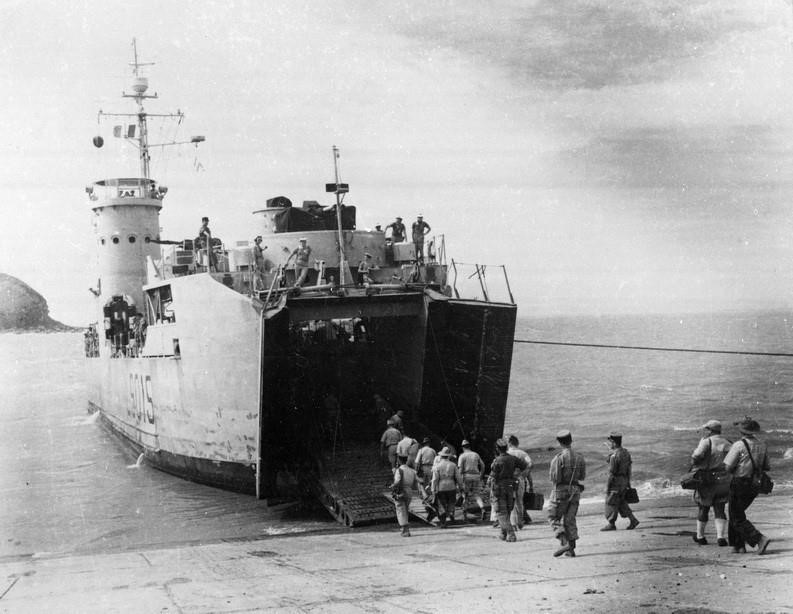
On July 21, 1954, an agreement on termination of war in Indochina was signed at the Geneva Conference in Switzerland.
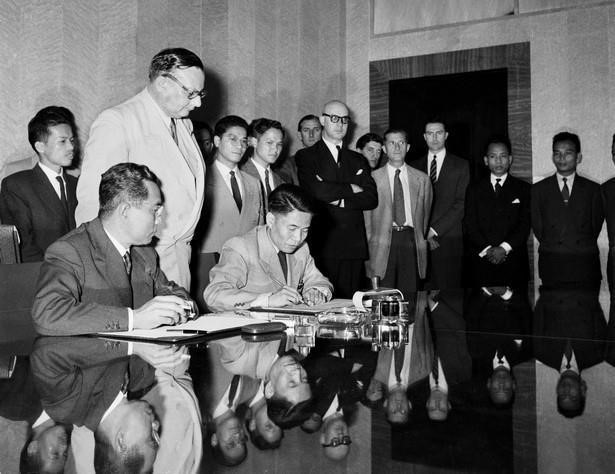
To end the war and restore peace in Vietnam, the agreement stipulated that the two sides in the war concurrently stopped fighting and moved their troops according to the regulation of zones and time.
The 17th parallel (along Ben Hai River, Vinh Linh District, Quang Tri Province) was used as a provisional military demarcation line with a demilitarised zone along both sides of the line. The Vietnam People’s Army regrouped to the north and the forces of the French Union to the south of the 17th parallel. The military demarcation line was only provisional and was not a border line in terms of politics and territory. Vietnamese people would conduct general elections in July 1956 which would bring about the unification of Vietnam.
The Geneva Accords put an end to the invading war of the French colonialists with support of the US in Vietnam and Indochina. The victory was attributable to the entire Party, military and people, first of all, President Ho Chi Minh./.
